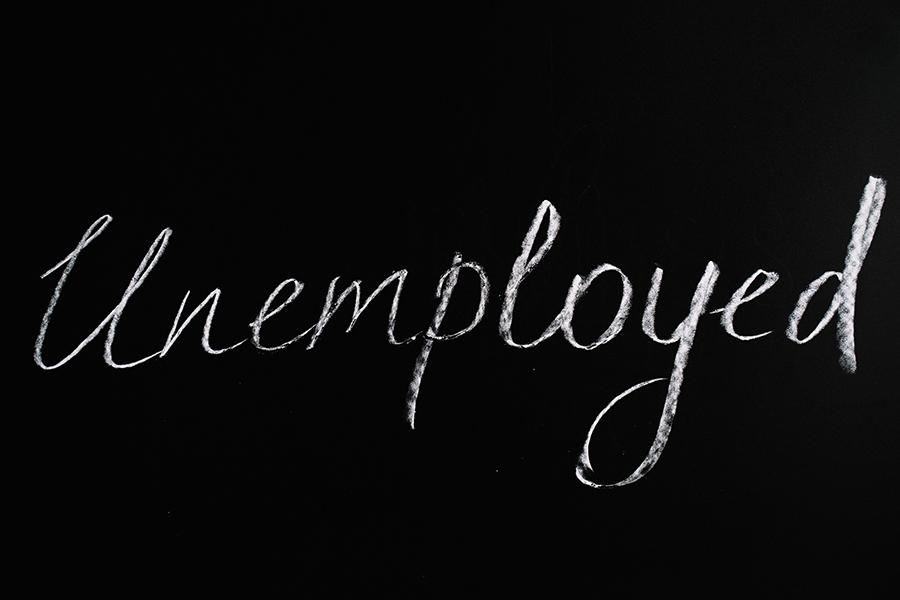Poland’s Jobless Rate Edges Higher as Fewer Vacancies Emerge
Unemployment in Poland has inched upward through the summer, with labour market data pointing to both a slowdown in hiring and changes in how jobseekers are registered.
Official figures show that the number of people listed as unemployed has been rising since the spring. The rate stood at about 5.4 percent in July and climbed to 5.5 percent in August. That translates into more than 800,000 people out of work, up by over 65,000 compared with a year earlier.
Part of the increase reflects a weaker flow of new job offers. Statistics from public employment offices show that the number of vacancies has been shrinking steadily, falling by around 15 percent in August from the previous year and dropping to about half the levels seen earlier. Separate surveys of online job ads also point to a decline, marking the lowest volume since the beginning of 2025.
Another factor is institutional. A law introduced in June broadened access to unemployment registers, allowing farmers to sign up, enabling people to register in their home district, and curbing automatic removals from the rolls. Officials have acknowledged that these changes are raising the headline figures, even if the number of people without work has not risen as sharply in practice.
At the same time, more workers are entering the register after being laid off by employers, with four consecutive months of increases. While the absolute number is still modest, the pace of growth — about five percent month on month in recent weeks — suggests that companies are trimming staff in response to softer demand.
Business surveys hint at a mixed picture. More managers are reporting stability in employment expectations, though job cuts still outweigh plans to expand headcount. Industrial firms remain relatively optimistic about their overall outlook, even as service providers show more caution.
Taken together, the data suggest that Poland’s labour market is under gentle but sustained pressure. Whether this reflects a temporary adjustment or the beginning of a more pronounced cooling will depend on how hiring intentions develop in the months ahead.
Source: BIEC








